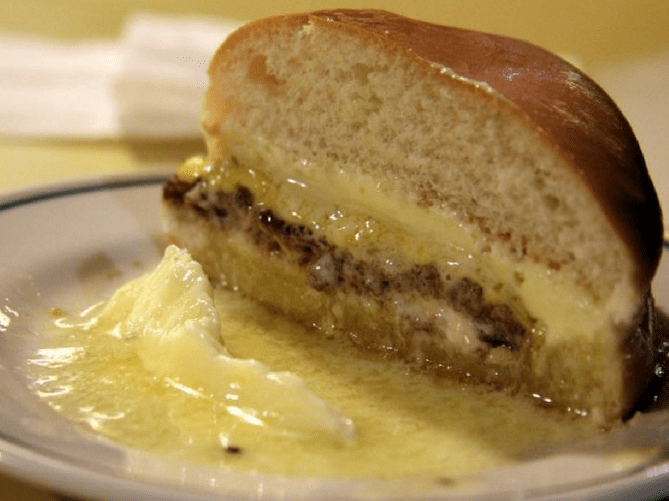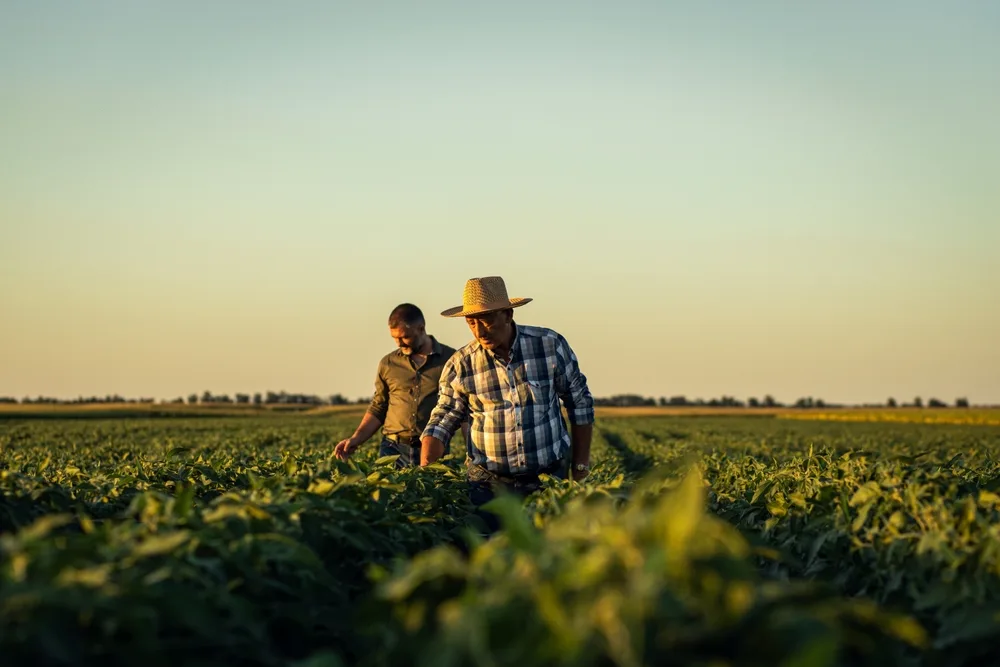
Interest in local ingredients for local craft beer is driving resurgence in the cultivation of barley for brewing in Wisconsin. Photo courtesy Bloomer Brewing Company
Interest in local ingredients for local craft beer is driving production of barley for brewing in Wisconsin.
Jim Pingel has raised four kids on his farm in Chippewa County. He had about 100 head of dairy cattle—40 that he milked up until about 2000. He’s grown corn, soybeans, a little rye, some oats, and some hay in his five decades of farming. Now, he’s looking into something a little out of the ordinary to add to his crop rotation.
“Farmers like to do something a little different—a new challenge,” Pingel said. “We grow corn and soybeans—yeah, we got that recipe—we do that every year, it doesn’t change much. This is an option to try something else.”

Winter barley is being grown on a test plot on a farm in New Auburn.
Barley for brewing
While Pingel enjoys an occasional beer or two after a hard day’s work on the farm, that’s not why he’s been chatting it up with the local brewer. It’s business.
“They would like to have local-grown barley as that ‘local factor’ so when they say ‘local beer,’ they can say, ‘Yeah, the barley was sourced from fields around here!’” said Pingel.
Wisconsin was a leading barley state from the late 1800s until the early 1940s. Farmers eventually shifted to corn and soybeans. Much of the barley that’s produced now is used for cattle feed. According to the USDA a few years ago, Wisconsin ranked 19th in barley production among states.
Wisconsin’s brewers would like barley to be a major state crop again, creating a mutually beneficial relationship.

Jim Pingel and Jerry Clark look over the winter barley that’s growing in the test plot.
Malt makes the mark
All beer is made from grains, hops, yeast, and water. Malted barley, or malt, serves as an essential grain ingredient. Malt provides color, aroma, flavor, and body.
“Each variety has unique characteristics—some darker varieties may produce darker beer if roasted,” Chippewa County University of Wisconsin-Extension agent Jerry Clark explained. “Each brewer may have a specific variety of malt they want to use in the beers they’re making.”
Geography, geology, and climate where the barley is grown affects its flavor. A product made from Wisconsin grown barley would have distinctive traits.
“Malt is a big part of the beer that you drink—it has a lot of influence,” said Clark.
Testing for the taps
That’s why Clark has been conducting ongoing barley research, along with a few other extension agents in the state. Right now, Clark is testing winter barley and trying to establish it as a crop in western Wisconsin. He’s got a small test plot of less than an acre on Pingel’s farm in New Auburn.
“If we can get the malt from locally-grown barley, we can maybe fill a niche or provide some added value to existing farms,” Clark said.
Not only that, but Clark knows that planting winter barley could provide reduction of nutrient runoff and soil erosion by establishing ground cover from the fall into the summer.
“From an environmental sustainability side of it, you can have soil conservation practices,” Clark said. “Also over winter, it can keep nitrogen from leaching into the groundwater.”
“It acts as a crop already established in the spring and is pulling up those nutrients that might otherwise be lost before corn or soybeans could be planted. We also do have added value grain at the end of the season.”
With winter barley planted in the fall and harvested in early summer, it leaves time for putting another crop in for the rest of the summer growing season. And Clark said, farmers already have the equipment for it—things like a drill, sprayer, and combine.
That’s all good news for Pingel as he looks out over the test plot of three-inch barley growing.
“I would anticipate that it’s an opportunity to have a third crop that might be affordable, we might make some money off of it, and it doesn’t cost a fortune to put in,” Pingel said.
Love for local

By sourcing ingredients locally, brewers like Ryan Stolt can support local farmers and provide what customers want.
Small, independent brewers throughout the state produce nearly 1.2 million barrels of craft beer. As of January, there were about 270 craft breweries.
Ryan Stolt has been brewing craft beer at Bloomer Brewing Company in Bloomer for eleven years. He’d love to have a direct link to a local farm and knows his customers would appreciate it.
“When people come to craft breweries, that’s the appeal,” Stolt said. “They want to buy beer from an artist—they want a local product.”
About ten miles north of his brewery, just off Highway 53, sits Pingel’s farm. Pingel has picked the brewer’s brain.
“We’ve talked about ‘what would it look like to produce barley for one brewery?’” said Stolt.
Market potential for locally-produced barley relies on having malthouses in Wisconsin that can process small batches for the craft breweries.
Stolt, who produces about 500 barrels of beer a year, said it may cost more to bring in local barley, but it would be money well spent.
“We try to do anything to help support our local growers. When we have the ability to source our products from our backyard, our customers love to see that. It’s unique, it’s not available to other brewers.”
Politics

‘I nearly died’: These women brought a grim warning to Wisconsin about abortion care restrictions
Traveling the country, they tell the real life-or-death situations that they faced because of extreme bans after the repeal of Roe v. Wade. For...

Opinion: It’s time for Congress to fight for small businesses instead of big corporations
May is National Small Business Month. Our elected leaders need to show leadership all year long. For the past 27 years I’ve been fortunate to pursue...
Local News

4 of the most iconic foods invented in Wisconsin
What is Wisconsin’s most iconic food? That’s a question we could spend all day debating, and for good reason: Badgerland is a food lovers’...

Four places it’s 100% okay to tip $0 in Wisconsin
Most people plan to tip at the usual suspects – restaurants, salons, ride-shares – but nowadays, it feels like customers are being prompted to tip...





